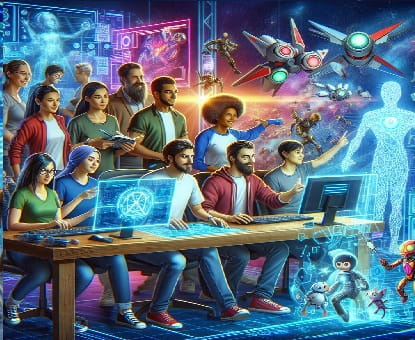We can’t deny the fact that video games have come a long way since the introduction of 8-bit graphics. These days, gaming is not just about graphics, but also about storytelling. Games of today have evolved into a truly exquisite and amazing form of art, combining entertainment, cutting-edge gaming graphics and technology, and compelling narratives. And with heavy marketing backing it up, it is not that hard not to keep up with what’s new.
The Evolution of Realism and Graphics
Among the notable developments in video games is how graphics have advanced! Today, games are almost comparable to real life, thanks to remarkable rendering techniques and photorealistic technology.
Aside from that, developers are using ray tracing technology in creating lifelike elements within the gaming environment, such as:
- Shadows
- Lighting
- Reflections
When all these are combined, these hyper-realistic environments among players. Games similar to Red Dead Redemption 2, Cyberpunk 2077, and the like have showcased the culmination of this innovation. Players can now play in an even more immersing landscape, wherein every detail is developed meticulously to elevate the overall gaming experience.
Integration of AI in Gaming

AI has a critical role behind the scenes, especially in making every game more responsive and smarter. AI is intended to control the Non-Playable Characters (NPCs), which makes the game more realistic in their behaviors and reactions. Rather than giving the NPCs predictable patterns, they can now adapt to the player’s actions, helping deliver a more challenging and dynamic experience.
For example, AI enemies can learn the player’s moves in strategy games. They can use this to adjust their strategies and become more unpredictable. In open-world games, NPCs can interact with their environment and with the players in more ways than one.
Combination of AR and VR in Gaming
If you are not impressed enough with realism, AR and VR can take things to a new level. VR lets players feel as if they’re “in” the game by offering a 360-degree vision of the environment. On the other hand, AR overlays the game graphics with the real world. If you remember Pokemon Go, that is a pure example of AR at work. Players can see digital creatures right on their phones as they walk around in a real-world environment.
